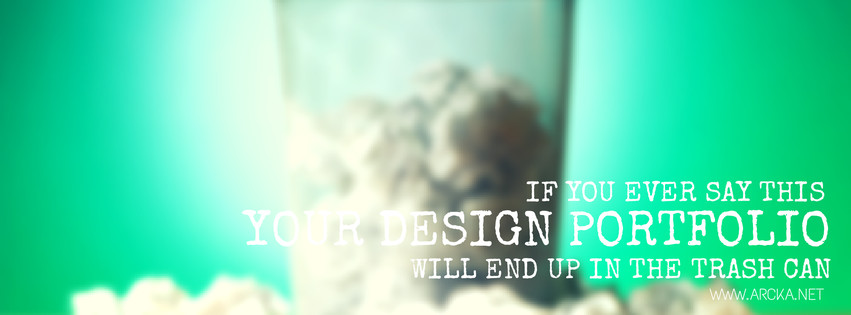It was one of those days of welcomed chance encounters.
I went to meet a client who is starting a website the way it should be done, so I was so happy to consult them and offer a few ideas that made their eyes sparkle like camera flashes in the Yankees Stadium.
Suddenly next to me stands a friend of mine who I haven’t seen in a long time. Mind you, we text each other from time to time, but never managed to start a proper conversation. We’ve been busy…it’s all.
Suddenly, without trying, here we are in a coffee shop with all the time in the world (actually, we had like one hour of chit-chat before my free parking expires).
My friend is an entrepreneur and is helping spanish-speaking small business owners leverage social media through his website. We were talking about blogging and how (according to him) I have it so good because I can design and develop and so forth…until my friend opened up and told me a problem he’s been having with some designers he’s interviewed for some projects.
He told me each and every time he asks a designer for a portfolio there are two kinds answers he gets:
1. Nothing. The designers disappear into the mist, never to be seen.
2. Or he gets a portfolio followed by what he describes as the one sentence that condemns a portfolio to his trash can.
90% of the designers he interviews offer the same excuse when asked for a portfolio
These samples are really old work and don’t really represent where I’m at right now. I’ve done better stuff.
REALLY!?
Well maybe that’s what you should’ve sent in the first place.
I know client work can fill up our time before we notice it, but really…take time to update your portfolio. A portfolio is a basic piece of promotion and in many cases it’s what determines if you are the right person for the job.
Let me give you some quick ideas of what you should include in your portfolio.
Include only your best work
Duh, dude. Why do you waste time saying such obvious stuff? Because people still have the nerve to deliver crap work and say they’ve done better stuff lately. Well…why do you show me this CRAP, then?
Include your latest work
A good suggestion would be to show stuff no older than three years back. Why? Because this shows your growth as a designer and your ability to integrate new skills, trends, and tools.
Include work you’d like to get hired to do
If you HATE designing websites. Don’t include them in your portfolio.
On the other hand, if your dream projects have you making illustrations, make sure to include lots of those. But here’s the thing…make sure you add examples that show how a client can use your illustration. Show them in tshirts, in handouts, in banners, in comics, in books, or even tattoos. The thing is to give your prospective client ideas of how your work can fit his brand.
Show some of your process
Many designers tend to show finished work. That’s OK. But showing some process behind your work show your clients that you are a professional that goes through a process to achieve your masterpieces. This helps you show the client that you don’t just sell pretty stuff, but you sell a solution design specifically for your clients.
Add a way to reach you
I don’t mean to add contact info at the end of your portfolio, but adding some sort of contact call to action at the end of every work sample.
Many of the ideas I just shared can be achieved with a physical portfolio, but I believe online portfolio websites have more reach and can sell your skills even while you are sleeping not around.

